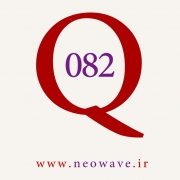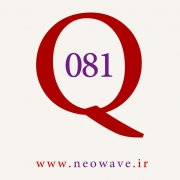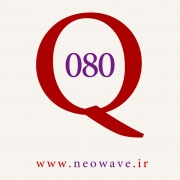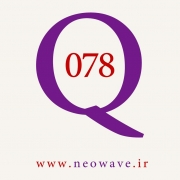Can an X wave take place after a Flat even if the Flat does not channel “perfectly”?
ANSWER:
This question refers to the NEoWave concept of “touch points.” In Flats and Zigzags, there are only four (4) possible touch points along the two channels – the beginning of the pattern (point zero), wave-a, wave-b and wave-c. When any Flat or Zigzag has all of its touch points touching one of the two channels, under NEoWave it qualifies as “perfect channeling.” When a Flat or Zigzag channels perfectly, it tells us an x-wave will follow and the pattern will become part of a larger, more complex correction (like those shown in Chapter 8 of Mastering Elliott Wave).
What the question above is asking is can an X-wave follow a Flat or Zigzag even if it does not channel perfectly…the answer is YES. But, keep in mind, an x-wave is mandatory when channeling is perfect, only possible when channeling is not perfect.







آخرین دیدگاهها